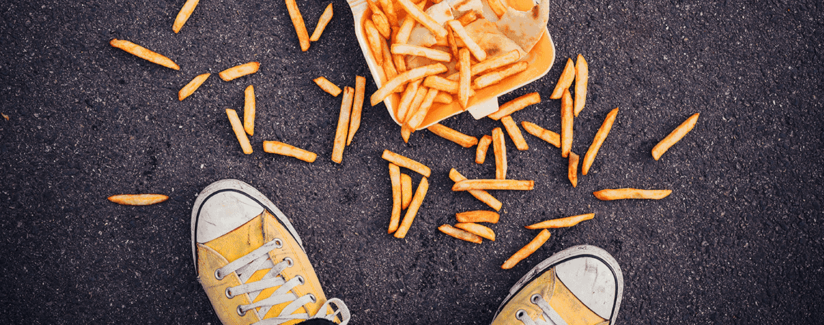
Five-Second Rule Fails the Test
Time is up for the “five-second rule.”
Many of us follow this principle when food is dropped — especially if it’s one of our favorite treats. The so-called rule states that if you pick up the food within five seconds, it is free of germs and safe to eat.
Bacteria, however, are faster than we are.
Researchers at Rutgers University put the five-second rule to the test and found that food can be contaminated almost immediately upon coming in contact with the floor. They tested four different foods — watermelon, bread, bread and butter, and gummy candy. They also tried out each of the foods on four types of floor surfaces — stainless steel, ceramic tile, wood and carpet — and varied the amount of time left on the floor. Experiments found that watermelon had the most contamination and candy the least.
“Bacteria don’t have legs, they move with the moisture, and the wetter the food, the higher the risk of transfer. Also, longer food contact times usually result in the transfer of more bacteria from each surface to food,” said Donald Schaffner, professor and extension specialist in food science at Rutgers.
As for flooring types, carpet had the lowest rate of germ transfer with wood surfaces having the most variability.
The latest research confirms what our experts have shared previously, that the less time food is on the floor, the fewer bacteria it will collect, but it will still gather germs. To be safe, our experts suggest not to eat food that has touched the ground.

























